Industry news
Function of turbidity in water quality monitoring
Writer: admin Time:2024-05-29 13:38:58 Browse:1015℃
Turbidity and its significance of turbidity for water quality monitoring
Water is an essential resource for all types of life on our planet. Ensuring its quality is critical for the health of both individuals and the environment. Turbidity is an important consideration when analyzing water quality. Turbidity describes the cloudiness or haziness of water caused by suspended particles. These particles might be either organic or inorganic, such as clay, silt, algae, or other microscopic waste.
Measurement of turbidity
Researchers and environmental organizations use a variety of ways to measure turbidity for monitoring and regulating water quality. A turbidity sensor is the most often used tool for measuring the amount of light scattered by particles suspended in water.
Effects of turbidity on humans and the environment
Turbidity can have a substantial environmental impact, influencing aquatic habitats and overall water quality. High turbidity levels can impede light penetration into water bodies, affecting aquatic plants' photosynthetic processes. As a result, dissolved oxygen levels may drop, harming fish and other aquatic species. Furthermore, suspended particles in turbid water can clog or limit the efficacy of water treatment procedures, lowering the quality of drinking water.
Influence of turbidity for drinking water
Turbidity is one of the most important indications of the quality of drinking water. In addition to reflecting the physical characteristics of drinking water, turbidity also serves as an indirect microbiological indication of the water's clarity or turbidity. Turbidity directly influences the inactivation effect of disinfection on pathogenic bacteria in addition to reflecting the concentration level of germs in water. Therefore, controlling the turbidity of the outgoing water is the most basic and essential skill of the waterworks. Water plants generally remove turbidity substances in raw water by precipitation and filtration
Method of reducing turbidity and improving water quality
Reducing turbidity has a significant positive impact on ecosystem preservation and water quality. By putting optimal management techniques into place on building sites and in agricultural regions, sediment runoff can be reduced, which lowers the turbidity levels in neighboring water bodies. Some successful tactics include creating buffer zones, using erosion control techniques, and encouraging sustainable land-use practices. Furthermore, excessive turbidity levels can be avoided by routinely checking and maintaining water treatment systems and administering chemicals at the right dosage, guaranteeing the supply of clean and safe drinking water.
CATEGORIES
CONTACT US
Yosemitech Technologies Co., Ltd
 +86 19984844080
+86 19984844080
 sales@yosemitech.com
sales@yosemitech.com
 Bldg,25,CECEP Industrial Park, No. 18 Dongchang Rd. Suzhou Industrial Park, Jiangsu Province,China 215126, China
Bldg,25,CECEP Industrial Park, No. 18 Dongchang Rd. Suzhou Industrial Park, Jiangsu Province,China 215126, China







